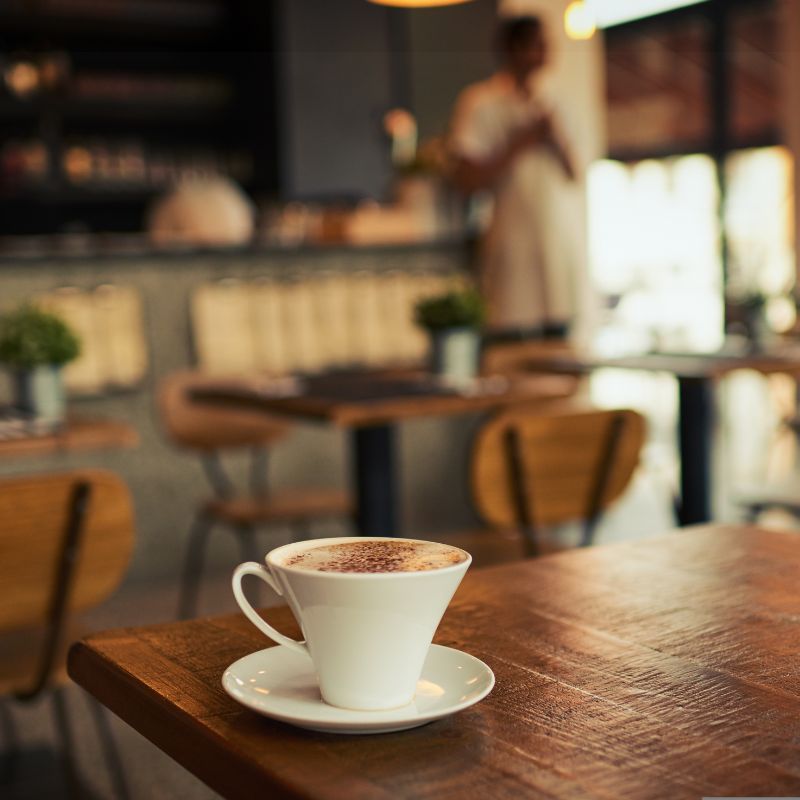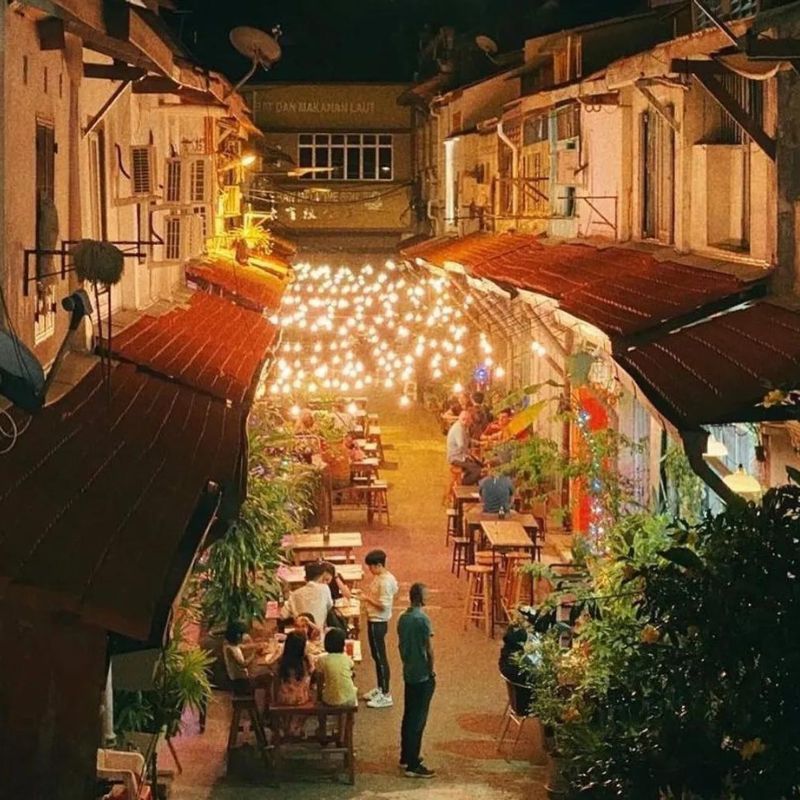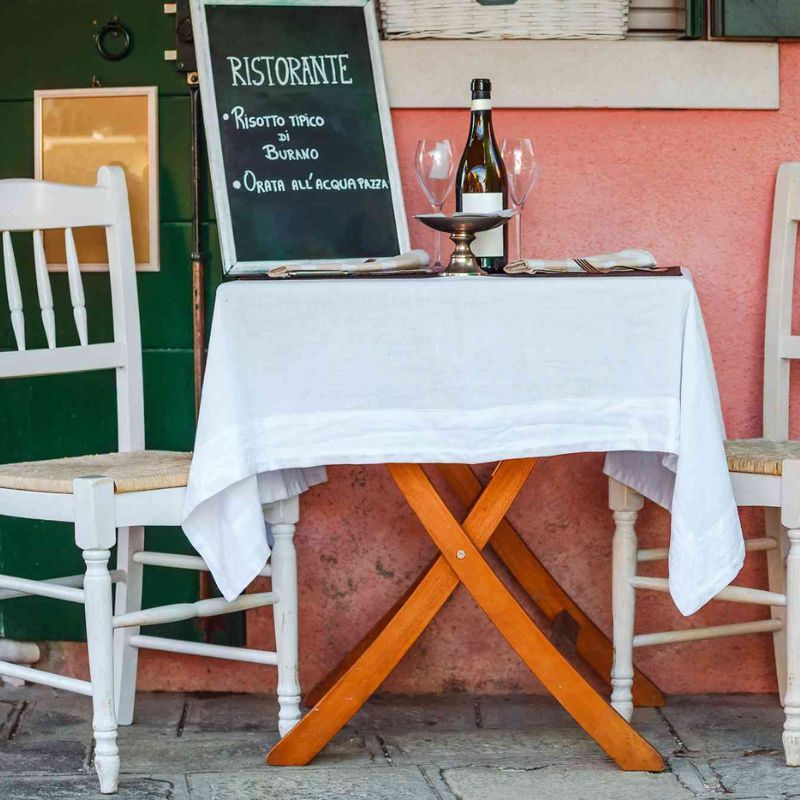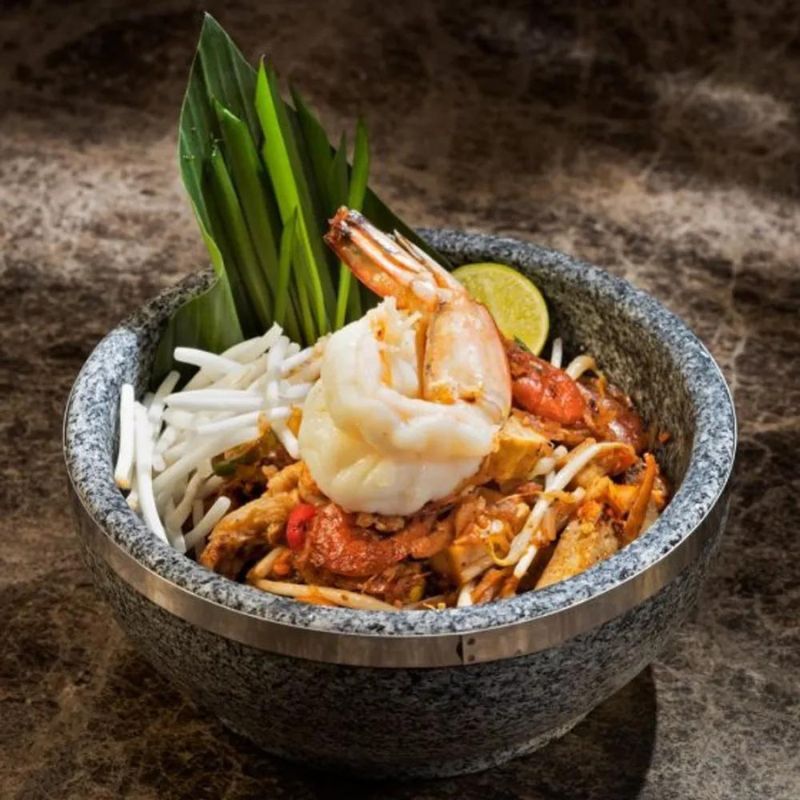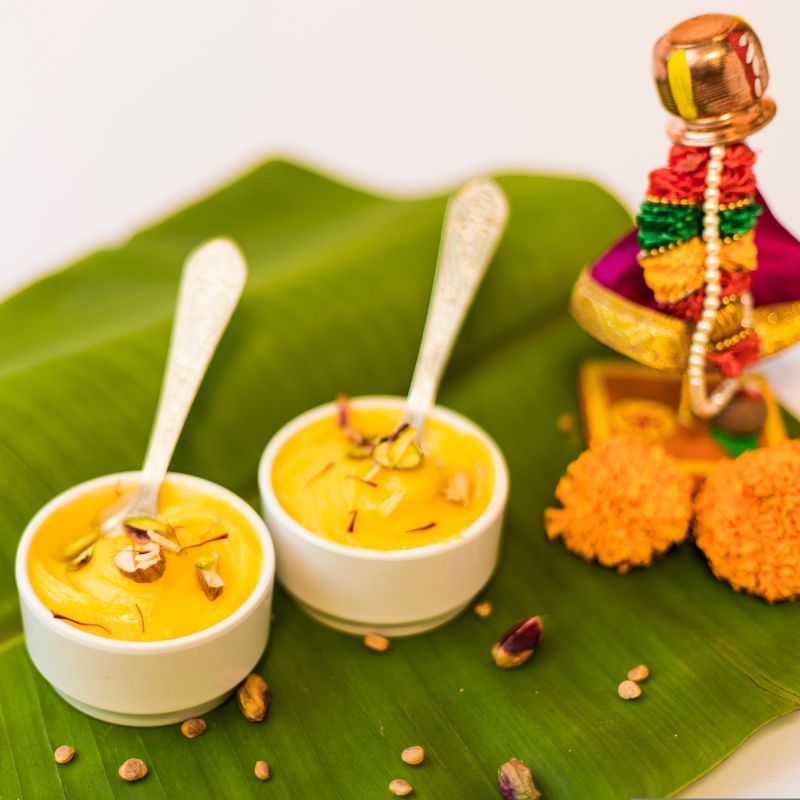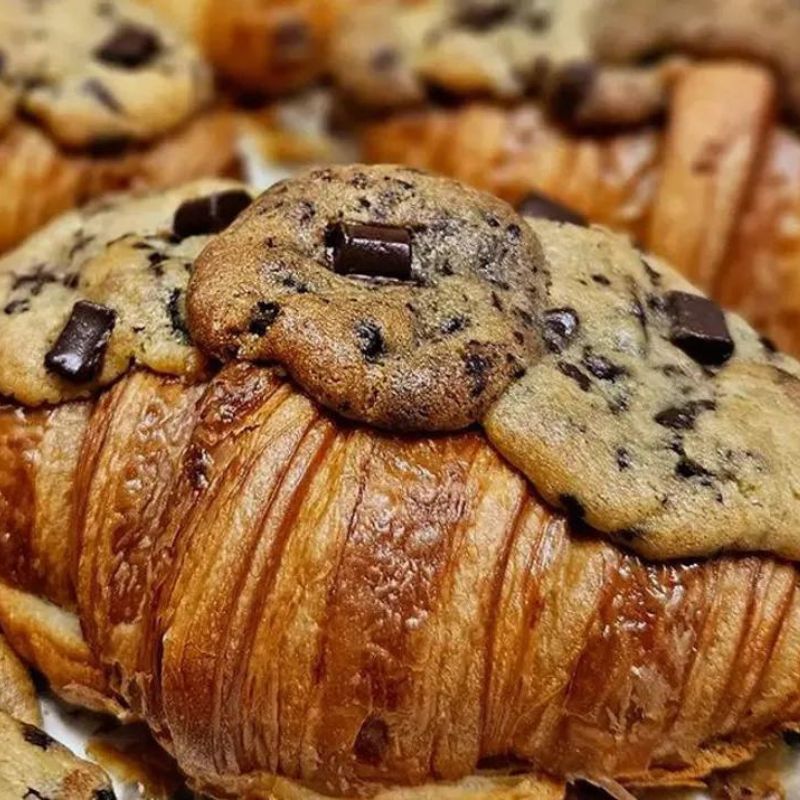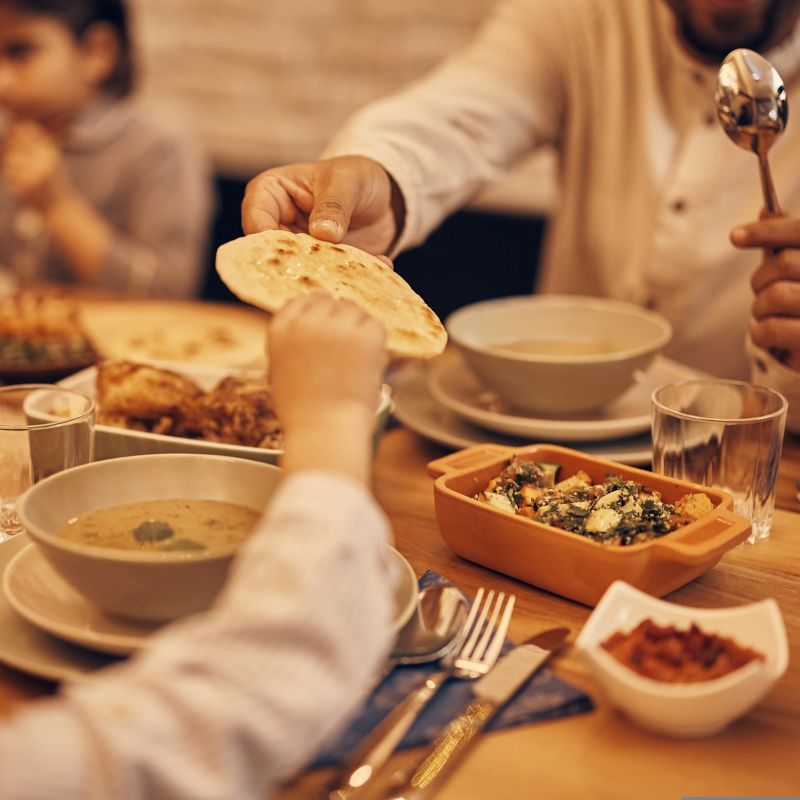
India is home to a variety of teas – be it tea blends, leaves or recipes. And a unique one from Kashmir is the Noon Chai or Gulabi Chai. Here’s what makes the pink-hued beverage so special. By Anushka Goel
For most Indians, mornings start with a hot cup of tea – it may be the masala tea that mom makes so lovingly, or a cup of green or black tea made with leaves that come from the various tea estates in Assam and Darjeeling.
Each region has its own special variety of tea; Kashmir has the kehwa, Assam has Laal Cha, and so on. However, Paradise on Earth is also home to the Noon Chai, also called Gulabi Chai, due to its beautiful pink hue.
What is Noon Chai?
View this post on Instagram
Gulabi Chai is traditionally made with gunpowder tea (young tea leaves rolled into tight balls, which resemble gunpowder grains) that have been boiled with some baking soda. The soda reacts with the tea, giving it a deep red hue, which turns pink when milk is added to the tea. The tea leaves, when being boiled, are also constantly whipped or beaten by hand, which aerates the mixture and adds to the ruby red hue of the boiled concoction.
The word ‘noon’ refers to salt in several languages and is an apt name for the tea, which traditionally uses some salt in its preparation. It’s a great beverage for the harsh cold as it tends to warm the drinkers up while providing a comforting fragrance and flavour.
What does Noon Chai taste like?
View this post on Instagram
The tea is traditionally made in a flask or samovar, which helps keep it warm due to the burning coal inside. The addition of spices and/or sugar makes for a more rounded flavour, cutting through the bitterness of the tea. If the gunpowder tea has been lightly roasted to preserve the leaves, the tea acquires a slightly smokey flavour. And the addition of fragrant ingredients such as rose petals gives the creamy tea a floral fragrance and flavour.
The tea is often paired with traditional Kashmiri breads and cookies like the naan khatai or spiced cookies, to enhance the tea-drinking experience. Usually, a white blanket of snow outside homes makes for the perfect setting to enjoy this tea, but it can be enjoyed anyhow, as it is quite a refreshing beverage to start the mornings with. And if you feel like drinking a cup of warm noon chai at night, be rest assured that your sleep cycle won’t be hindered!
How to make Gulabi Chai
View this post on Instagram
The recipe is divided into two parts – the first is making the steeped tea base, which can be refrigerated and stored for up to two weeks. The second part is making the actual chai with milk and/or sugar, that you can sip on to beat the harsh winter cold.
Ingredients
Kehwa base:
- 4 cups water (cold)
- 3-4 teaspoons gunpowder tea leaves (you can use green tea or kehwa if you don’t have gunpowder tea)
- Whole spices – 3-4 cardamom pods, 1 star anise, 1 inch stick of cinnamon, 3-4 cloves
- 2 cups water (ice-cold)
- ¼ teaspoon baking soda
- ⅓ teaspoon salt
For Noon Chai:
- 1 cup milk
- 1 cup kehwa base
- Sugar to taste (optional)
- Crushed nuts (pistachio and almonds) to garnish
Method
For the kehwa base:
- Take four cups of cold water in a saucepan (or a samovar if you have one). Add your aromatics (spices) and the tea leaves, and bring to a boil.
- Add the baking soda and salt, and whisk well for about 10 seconds. Now, on low heat, let the tea brew until the water reduces by half.
- Next, add the ice-cold water (add some ice cubes as well) from a height, and with the help of a ladle, pour this tea from a height back into the pan to aerate the mixture. This is similar to beating coffee with a whisk to make dalgona coffee, only that this is being done with boiling liquid. Be careful, as any splatters can cause burns.
- Continue to beat and aerate the tea this way for at least 10 minutes. The addition of cold water shocks the tea, resulting in a deeper red colour, and the aeration helps intensify the hue further,
- Once you see the liquid turn ruby red, turn off the heat and strain the tea into a container or a carafe. This will stay well in the fridge for two weeks.
For the Noon Chai:
- When you want to make the tea, bring one cup of milk to a boil. Add your sugar and kehwa mixture and let it boil well. Strain it into a cup and garnish with slivered almonds and crushed pistachio nuts. Serve hot!



